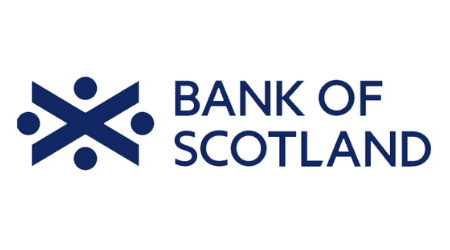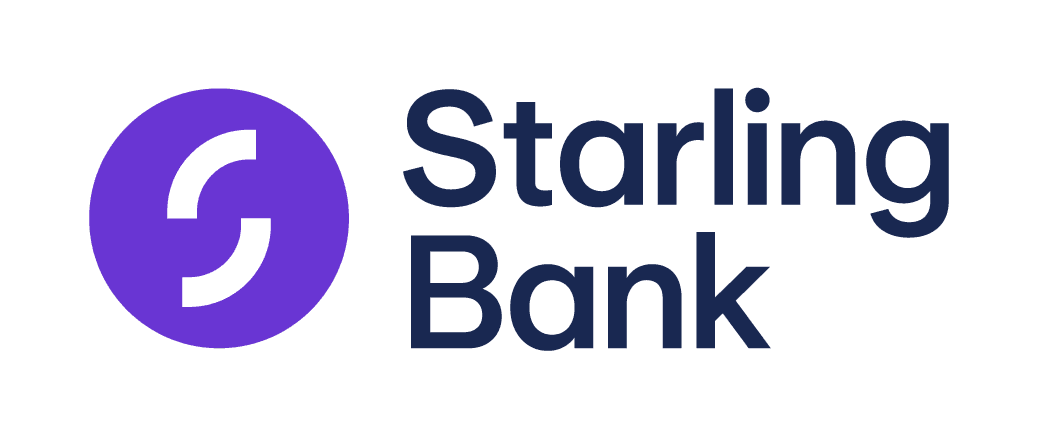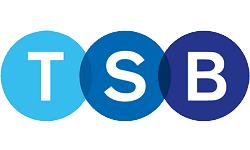If you were tricked into transferring money from your bank account to a fraudster, you’re entitled to a refund from your bank, under new rules.
The rules, which came into force on 7 October, 2024, apply to “authorised push payment” (APP) fraud. In 2023, fraudsters stole £459.7 million through APP scams. The aim of the rules is to encourage banks and other payments companies to boost fraud prevention.
What is APP fraud?
Authorised push payment (APP) fraud is when a fraudster tricks you into sending money from your account to an account that they control, for example by selling items online that don’t exist or pretending to be from your bank or an authority like the police or HMRC, or even a member of your family who needs money.
If you made the payment using Faster Payments or CHAPS from one UK bank account to another, you’re covered. The maximum refund is £85,000 but most banks have said they will or may apply an “excess” of £100 – an amount that you wouldn’t get back. They’re allowed to do this under the rules. The aim is to encourage consumers to be wary. You can see your bank’s policy in our table further down this guide.
How to get your money back
- You must alert your account provider as soon as you can, and this has to be within 13 months of making the fraudulent payment.
- You must respond to any requests for information from your bank promptly.
- You need to report the details to the police or allow your account provider to do that on your behalf.
- You can expect to get your refund within 5 business days of making a claim unless your bank needs more information (which could be from you or the bank that received the payment, for example). In these cases, it could take up to 35 business days.
- Although companies can opt to apply an excess of up to £100, they can’t do this if you’re classed as a vulnerable consumer.
- If you’re unhappy with the way your provider has responded to your claim, you can take your case to the Financial Ombudsman Service (FOS) for a review. The ombudsman is independent and can make rulings up to £430,000.
- If you lose more than £85,000, you can still raise a case with your payment provider and if you’re unhappy with its response, you can complain to the FOS.
You won’t get a refund if you’re found to have been complicit in the fraud or “grossly negligent”. The watchdog which brought in the rules, the Payment Systems Regulator, says gross negligence is “set at a high bar” and doesn’t apply to vulnerable consumers. Banks and payment firms must prove that the customer acted with gross negligence, through “ignoring specific, tailored warnings or not responding to reasonable requests for information, for example”.
Which banks will fully cover your fraud losses?
AIB, Nationwide, TSB and Virgin Money were the only 4 providers that promised full refunds when we contacted 21 major banks and building societies in September and October 2024. The rest said they “may” apply an excess – typically case by case – and others confirmed they would apply it.
| Bank/building society | Logo | Excess it can apply | Will apply case by case? | Review |
|---|---|---|---|---|
AIB |  | None | N/A | |
Bank of Scotland (LLoyds Group) |  | £100 | ||
Barclays |  | £100 | Unclear | |
The Co-operative Bank |  | £100 | ||
Danske Bank |  | £100 | ||
first direct |  | £100 | ||
Halifax (LLoyds Group) |  | £100 | ||
HSBC |  | £100 | ||
Chase (JP Morgan Chase) |  | £100 | Unclear | |
Lloyds Bank |  | £100 | ||
Metro Bank |  | £100 | ||
Monzo |  | £100 | ||
Nationwide |  | None | N/A | |
Natwest |  | £100 | ||
Royal Bank of Scotland (NatWest Group) |  | £100 | ||
Santander |  | £100 | ||
Starling Bank |  | £50 | ||
Triodos Bank |  | £100 | ||
TSB |  | None | N/A | |
Ulster Bank (NatWest Group) |  | £100 | ||
Virgin Money |  | None | N/A |
Who do the rules apply to?
Individuals, “microenterprises” (businesses employing 9 or fewer people, with a turnover or annual balance sheet of no more than €2 million/around £1.67 million) and charities are all covered.
The rules apply to all payment firms – which includes small payment firms, building societies and e-money firms as well as banks. And firms that receive a fraudulent payment are included. Credit unions, municipal banks and national savings banks aren’t included.
If you pay with a credit or debit card, there are different protections in place.
Bottom line
Fraudsters are getting far more sophisticated and using tools such as AI to trick people into transferring money. If you have a call claiming to be from your bank you can verify it by calling 159, which is operated by Stop Scams.
It’s worth remembering that a bank or an authority like HMRC or the police will never call and ask you to move your money to a “safe account”. If you get a call like this, just hang up and contact your bank.
More guides on Finder
-
Zopa current account review
This new account comes with cashback on direct debits, interest on the balance in your account and a regular saver with one of the best rates in the market.
-
Lloyds Platinum current account review
Find out how the Lloyds Platinum current account works and its pros and cons.
-
Fortu Wealth review
Discover more about Fortu’s digital current account to see if it’s right for you.
-
Best free bank accounts you can open online in the UK
Discover more about the benefits of free bank accounts.
-
Weatherbys current accounts review
Find out whether the current accounts on offer from Weatherbys could be right for you.
-
Investec current accounts review
Find out whether Investec’s private bank accounts are right for you.
-
Cater Allen Private Bank current accounts review
Find out how Cater Allen Private Bank’s current accounts work to see if they could be right for you.
-
AlRayan Bank current accounts review
Find out how AlRayan Bank’s current accounts work to see if they are right for you.
-
Sharia banking and Islamic bank accounts
Find out about Sharia banking, how it works and how to open a bank account.
-
Nationwide current accounts for July 2025
Nationwide has one of the most competitive current account offers available on the market. Discover their features, compare options and apply.
